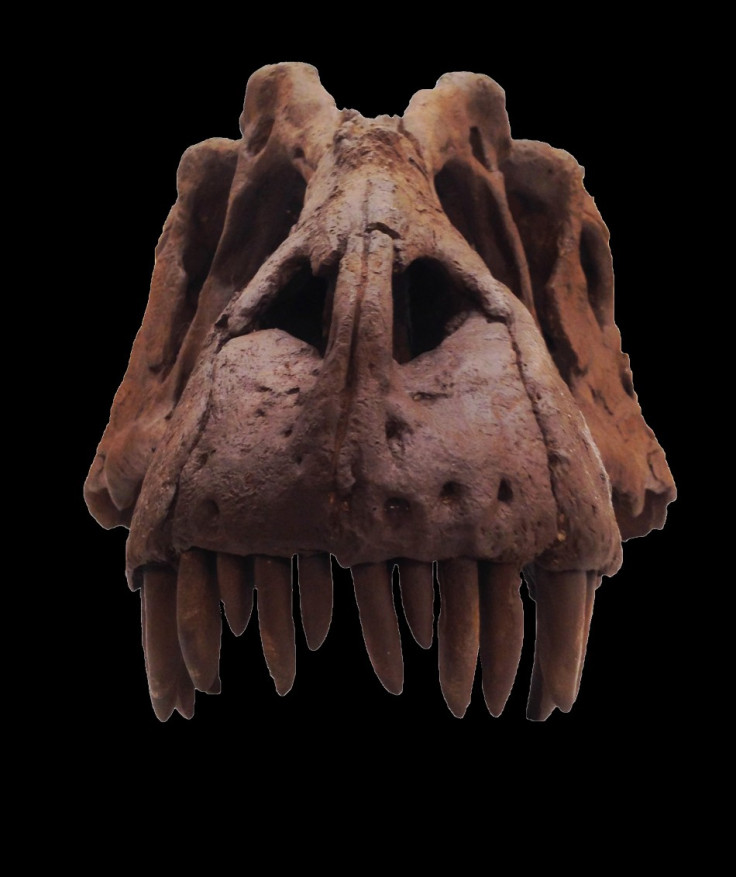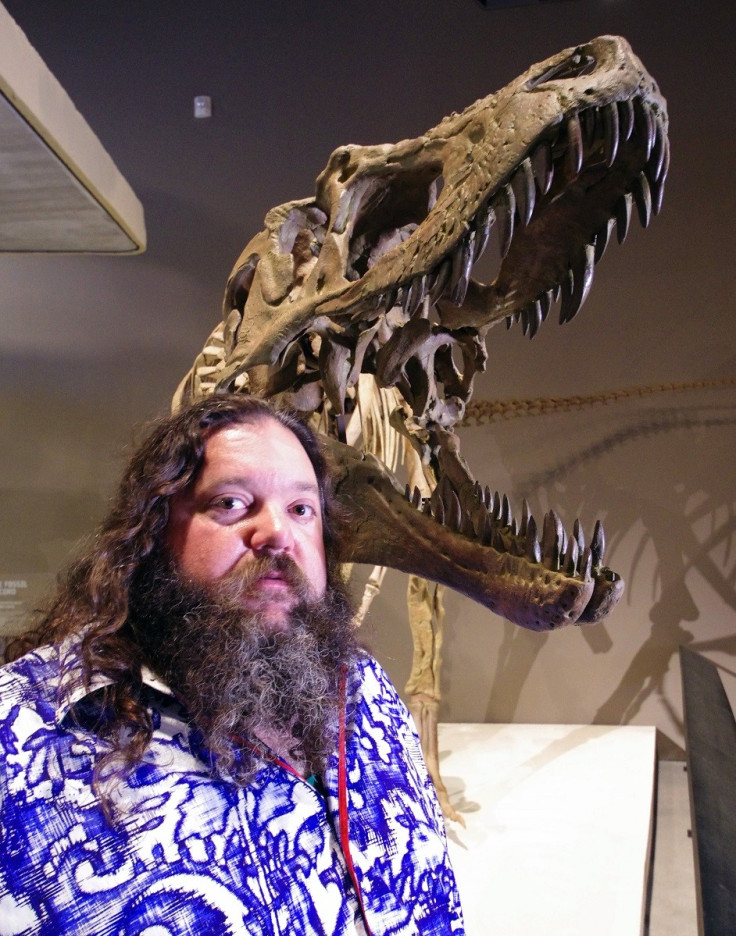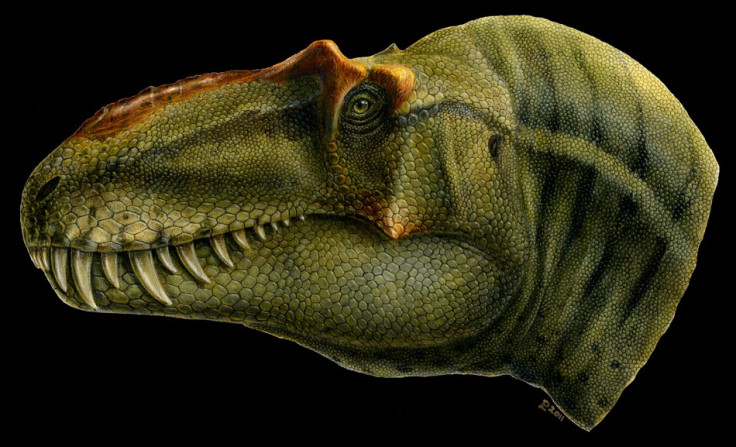King of Gore: T-Rex's 2.5 Tonne Forefather Found in Utah [PHOTOS]
Tyrannosaur discovered in Grand Staircase-Escalante National Monument

A previously unknown species of the tyrannosaur family of dinosaurs, which includes the fearsome tyrannosaurus rex, has been discovered in southern Utah.
The King of Gore, or Lythronax argestes, has been identified as one of T-Rex's forefathers. It had binocular vision and fist-sized teeth.
The dinosaur was found in the Grand Staircase-Escalante National Monument, a landmass that formed on the western coast of a shallow sea that flooded the central part of North America during the Late Cretaceous Period between 95 and 70 million years ago.

The King of Gore lived around 80 million years ago along the western shores of the shallow sea. It lived between 10 and 12 million years before the T-Rex and had a much wider skull at the eyes and a narrow short snout, giving it binocular vision.
Its name refers to its large teeth and carnivorous lifestyle, as well as the location where it was discovered.
The predator was approximately 24ft long and weighed 2.5 tonnes. It was the largest carnivore in its ecosystem and is the earliest known member of the tyrannosaurid group from Laramidia.

Lead author Mark Loewen, of the Natural History Museum of Utah and the University of Utah, said: "The width of the back of the skull of Lythronax allowed it to see with an overlapping field of view - giving it the binocular vision - very useful for a predator and a condition we associate with T-Rex."
Researchers also found that dinosaurs from southern Laramidia, where the King of Gore lived, differed greatly from those living in northern regions
Joseph Sertich, a co-author of the study, said: "Lythronax may demonstrate that tyrannosaurs followed a pattern similar to what we see in other dinosaurs from this age, with different species living in the north and south at the same time."

This has led researchers to ponder why these dinosaurs did not move around more. Randall Irmis, also co-author, said: "Lythronax and other tyrannosaurids diversified between 95-80 million years ago, during a time when North America's interior sea was at its widest extent.
"The incursion of the seaway onto large parts of low-lying Laramidia would have separated small areas of land from each other, allowing different species of dinosaurs to evolve in isolation on different parts of the landmass."
They said that as the sea retreated, the dinosaurs had separately to such an extent that they had different diets and climate requirements.

The King of Gore is the latest dinosaur to be found on the Grand Staircase-Escalante National Monument.
Over the last 14 years, over a dozen species have been found in the area, including the duck-billed hadrosaurs, armored ankylosaurs and the dome-headed pachycephalosaurs.
Philip Currie, from the University of Alberta, said: "Lythronax is a wonderful example of just how much more we have to learn about with world of dinosaurs. Many more exciting fossils await discovery in Grand Staircase-Escalante National Monument."

© Copyright IBTimes 2025. All rights reserved.






















